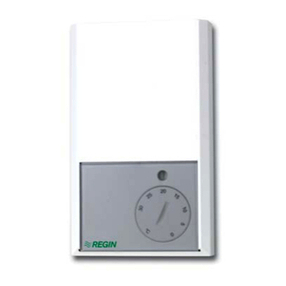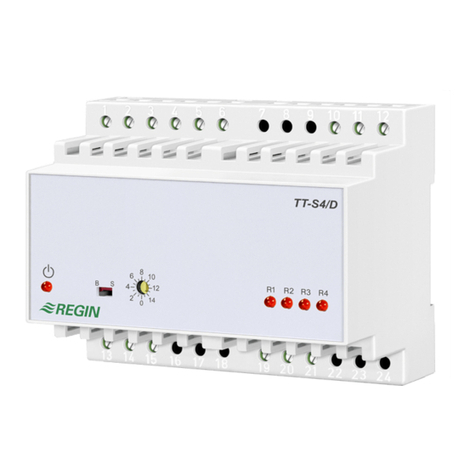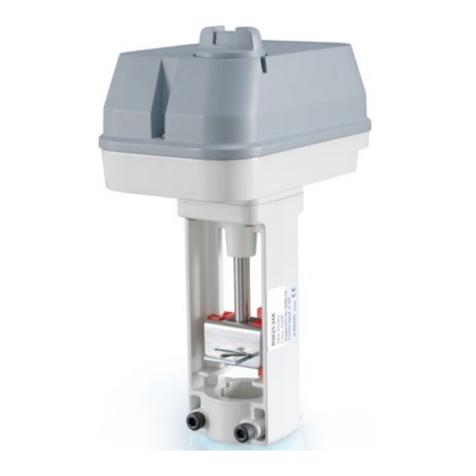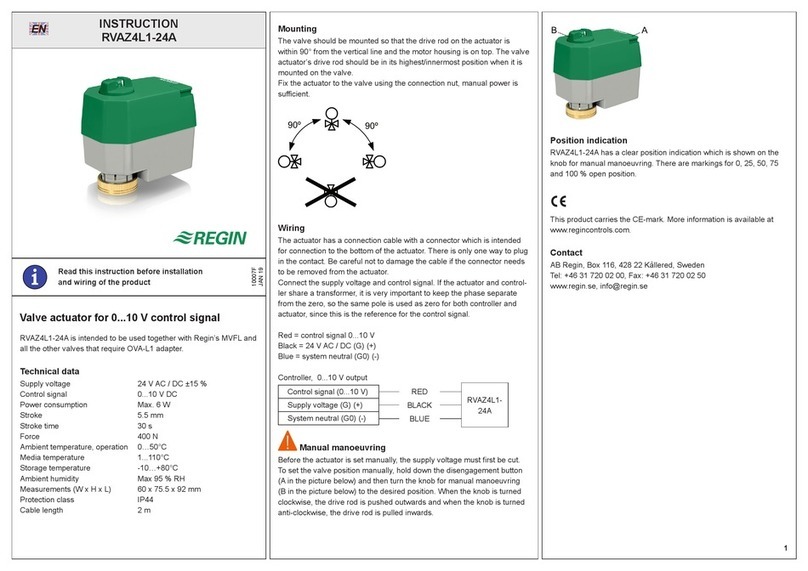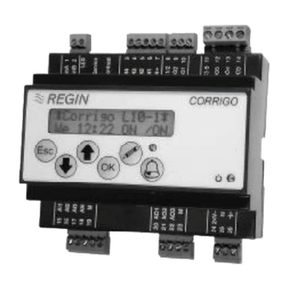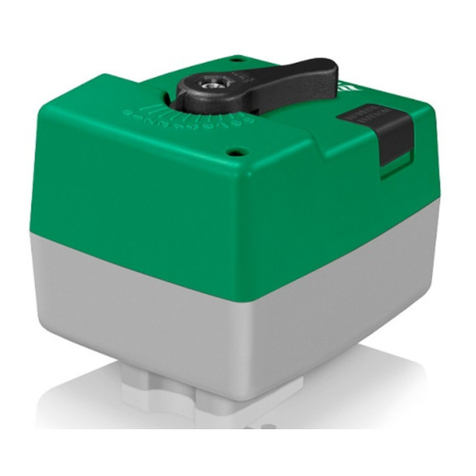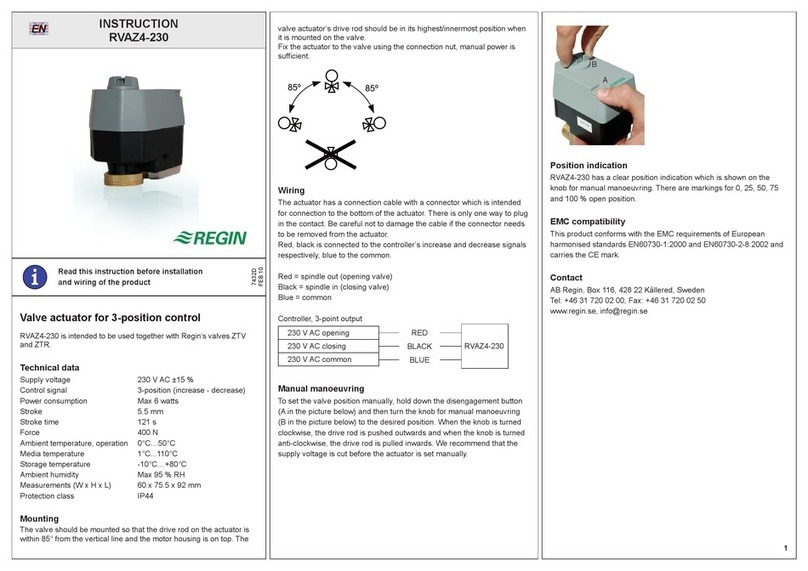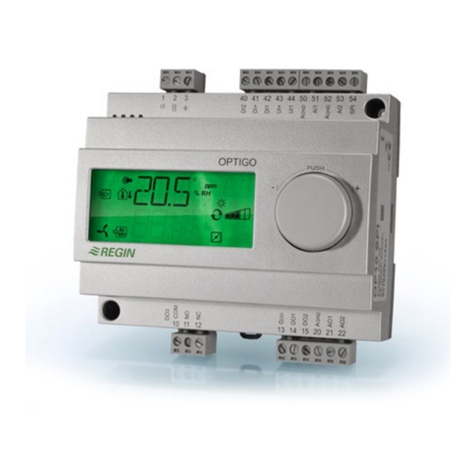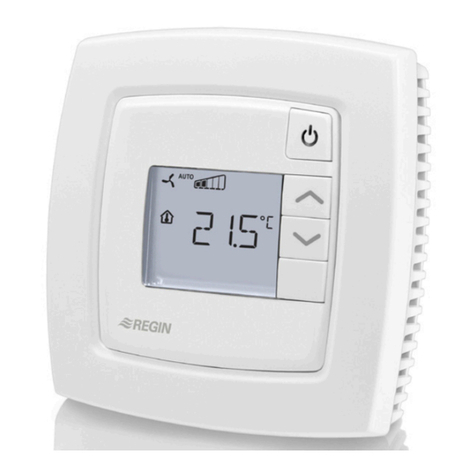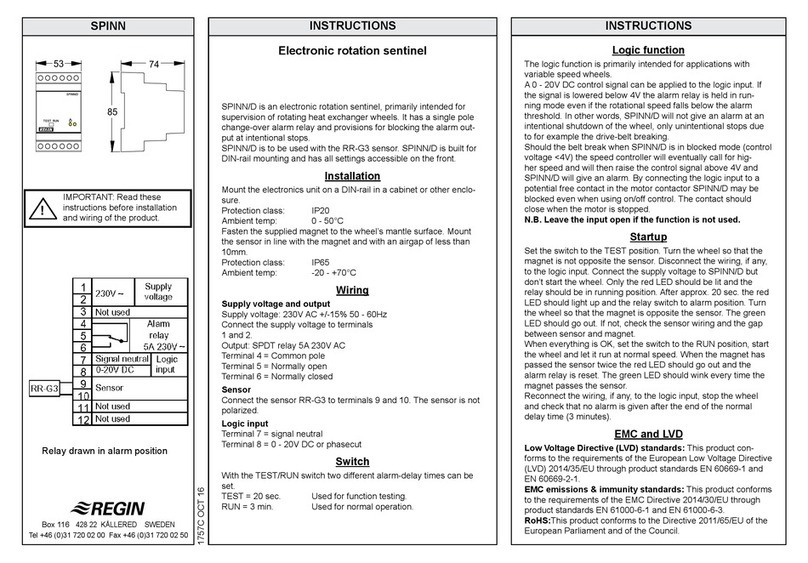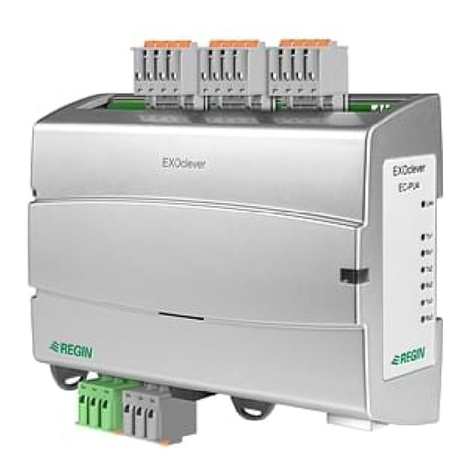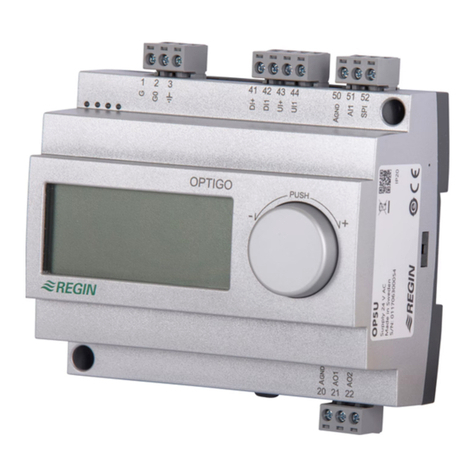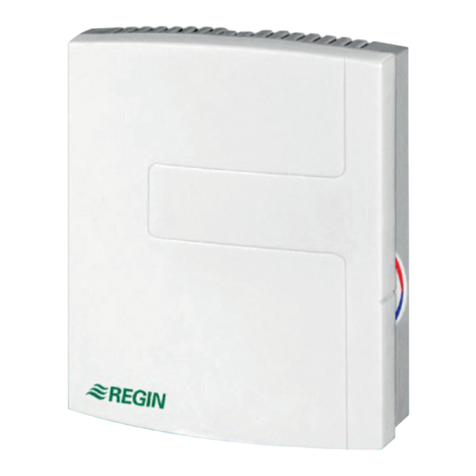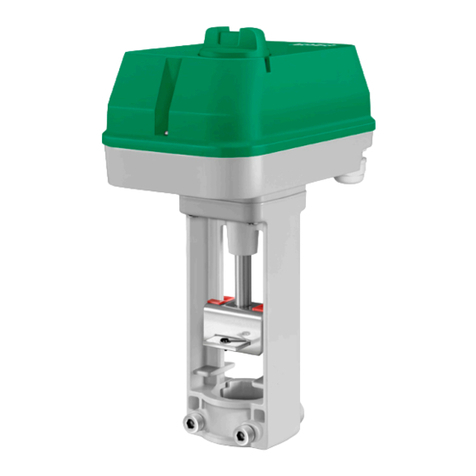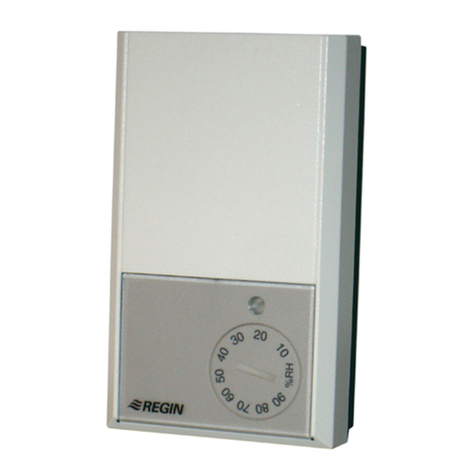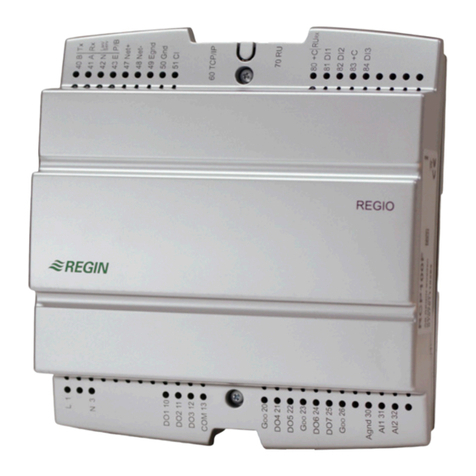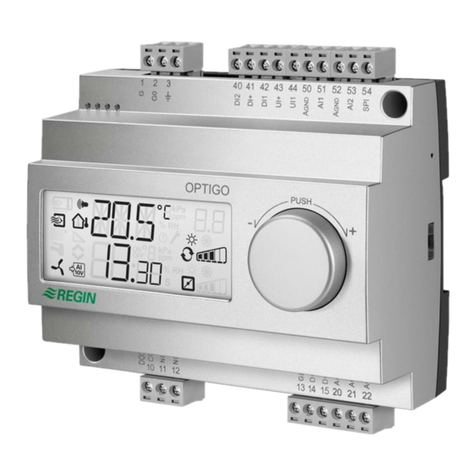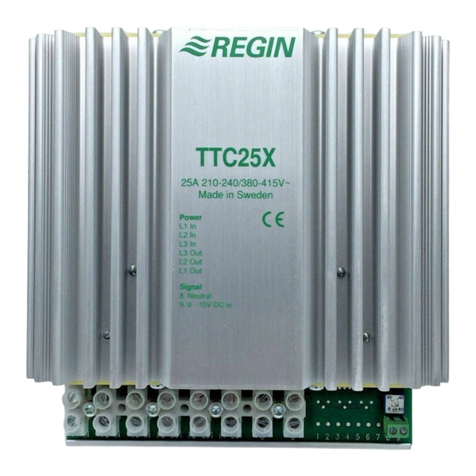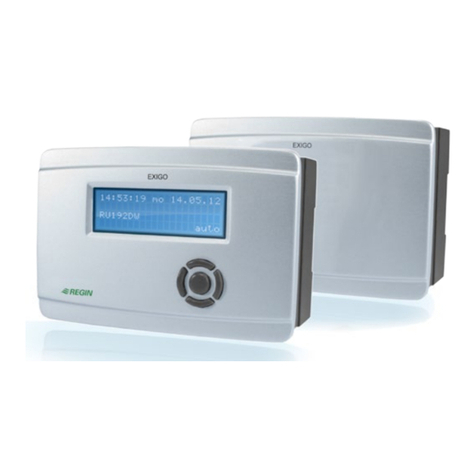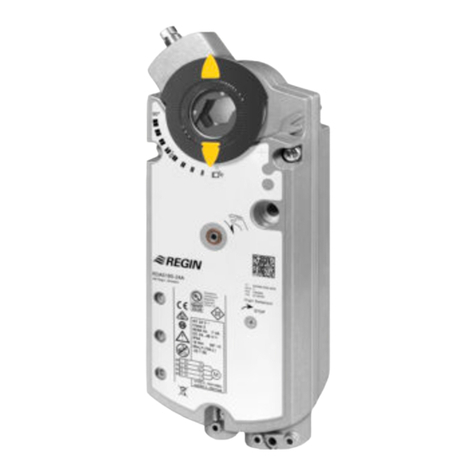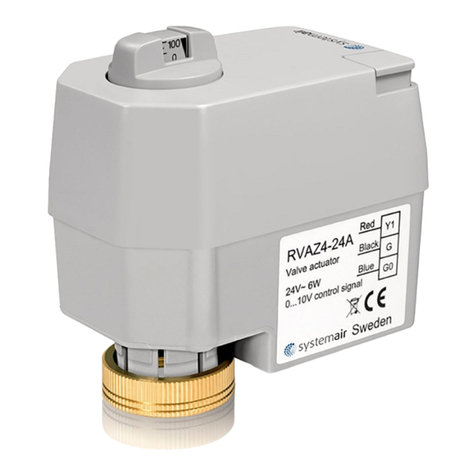
Table of Contents
Introduction .................................................................................................................................5
1.1 About this manual...............................................................................................................5
2 Control functions.........................................................................................................................6
2.1 Controller mode .................................................................................................................6
2.1.1 Heating.................................................................................................................6
2.1.2 Heating + Heating .................................................................................................7
2.1.3 Heating + Cooling .................................................................................................8
2.1.4 Cooling.................................................................................................................9
2.1.5 Heating/Cooling (change-over) .............................................................................10
2.1.6 Heating + Heating/Cooling (change-over)..............................................................12
2.1.7 Heating + VAV ...................................................................................................14
2.1.8 Cooling + VAV ...................................................................................................15
2.1.9 VAV ..................................................................................................................17
2.1.10 Heating + Cooling + VAV ....................................................................................17
2.2 Maximum and minimum limits for heating and cooling output..............................................19
2.3 Change-over.....................................................................................................................20
2.3.1 Change-over detection .........................................................................................21
2.4 Controller state.................................................................................................................22
2.4.1 Control behaviour ...............................................................................................23
2.4.2 Configuration settings ..........................................................................................25
2.4.3 State changes.......................................................................................................26
2.5 Fan control .......................................................................................................................29
2.5.1 EC fan control.....................................................................................................30
2.5.2 3-speed fan control ..............................................................................................32
2.5.3 Fan boost ............................................................................................................34
2.5.4 Fan ic -start.......................................................................................................36
2.5.5 Fan afterblow ......................................................................................................37
2.6 VAV control.....................................................................................................................37
2.7 Forced ventilation .............................................................................................................40
2.8 Presence detection ............................................................................................................43
2.9 CO2control......................................................................................................................45
3 Room unit..................................................................................................................................47
3.1 Model overview and user interface description .....................................................................47
3.2 Room units without display ...............................................................................................49
3.2.1 Selecting a fan speed ............................................................................................49
3.2.2 Performing a setpoint adjustment ..........................................................................49
3.2.3 Putting the room HVAC system in a comfort/energy saving mode or increasing
the airflow ..........................................................................................................49
3.2.4 LED indications...................................................................................................49
3.3 Room units with display ....................................................................................................50
3.3.1 Selecting a fan speed ............................................................................................50
3.3.2 Performing a setpoint adjustment ..........................................................................50
3.3.3 Putting the room HVAC system in a comfort/energy saving mode or increasing
the airflow ..........................................................................................................51
3.3.4 Display indications...............................................................................................51
3.3.5 Basic controller configuration via the display ..........................................................52
3.3.6 Parameter menu access.........................................................................................53
3.3.7 Display bac ground lighting..................................................................................53
3.3.8 ED-RU-DOS functions ........................................................................................53
3.4 Communication LED........................................................................................................54
3.5 Enable or disable buttons/switch and nob ..........................................................................54
3.6 Wiring .............................................................................................................................54
3.7 Configuration settings........................................................................................................55
3.7.1 General...............................................................................................................55
3.7.2 Max setpoint adjustment ......................................................................................55
3.7.3 Display ...............................................................................................................55
